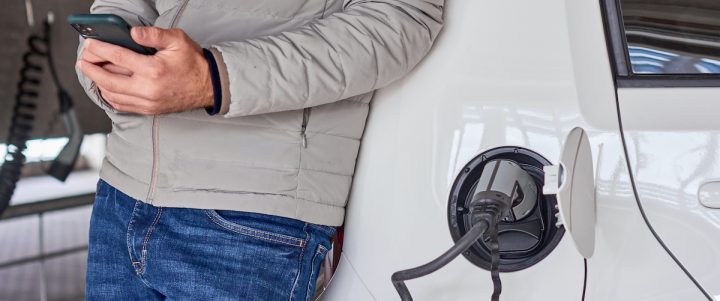Following the release of SMMT’s commercial vehicle statistics for May, NFDA has identified that Battery Electric Vehicle LCVs are not performing to expected volumes within the market.
BEV light commercial vehicle sales only made up 5.2% of the market in the latest monthly figures.
In order to spur actions from DfT, NFDA Commercial Vehicles division have sent a letter to government, outlining how their lack of inertia is holding back adoption of electric van take-up and slowing the growth of market share with these types of vehicles.
NFDA-CV urges government to provide a response to its own consultation that was released 10 months ago, regarding the weight classification of electric vans in the UK. NFDA-CV have repeatedly called for the naturally heavier EVs not to fall into the heavier +3.5 tonne GVW, and instead fall into the O’Licence regulatory class.
With this class comes a raft of safety measures and licensing that would need to be adhered to: Do these vehicles need an Operator’s licence? A digital tachograph card to be fitted? And would these drivers need to attend the mandatory CPC training that HGV drivers do? These are just some of the questions posed to Government.
Sue Robinson, Chief Executive of the National Franchised Dealers Association (NFDA), commented on the lack of support from DfT, towards promoting BEV Light Commercial Vehicles, “There is an evident issue regarding the uptake of battery electric light commercial vehicles, which is an ever-pressing issue with the 2030 net-zero target approaching.
“The NFDA would like to see more support from the Government’s Department for Transport, including incentives for battery electric LCV consumers. We would further like DfT to address legislative issues that negatively affect their business usage.”
Stephen Latham, Head of NFDA Commercial Vehicle Division, concluded, “We urge the Government to take on the opinion of the largest trade association representing LCV retailers in the UK, and quickly establish fair and safe regulation that accurately categorises different vehicle types, whilst not penalising new heavier and greener AFVs with unnecessary and burdensome regulation.”


